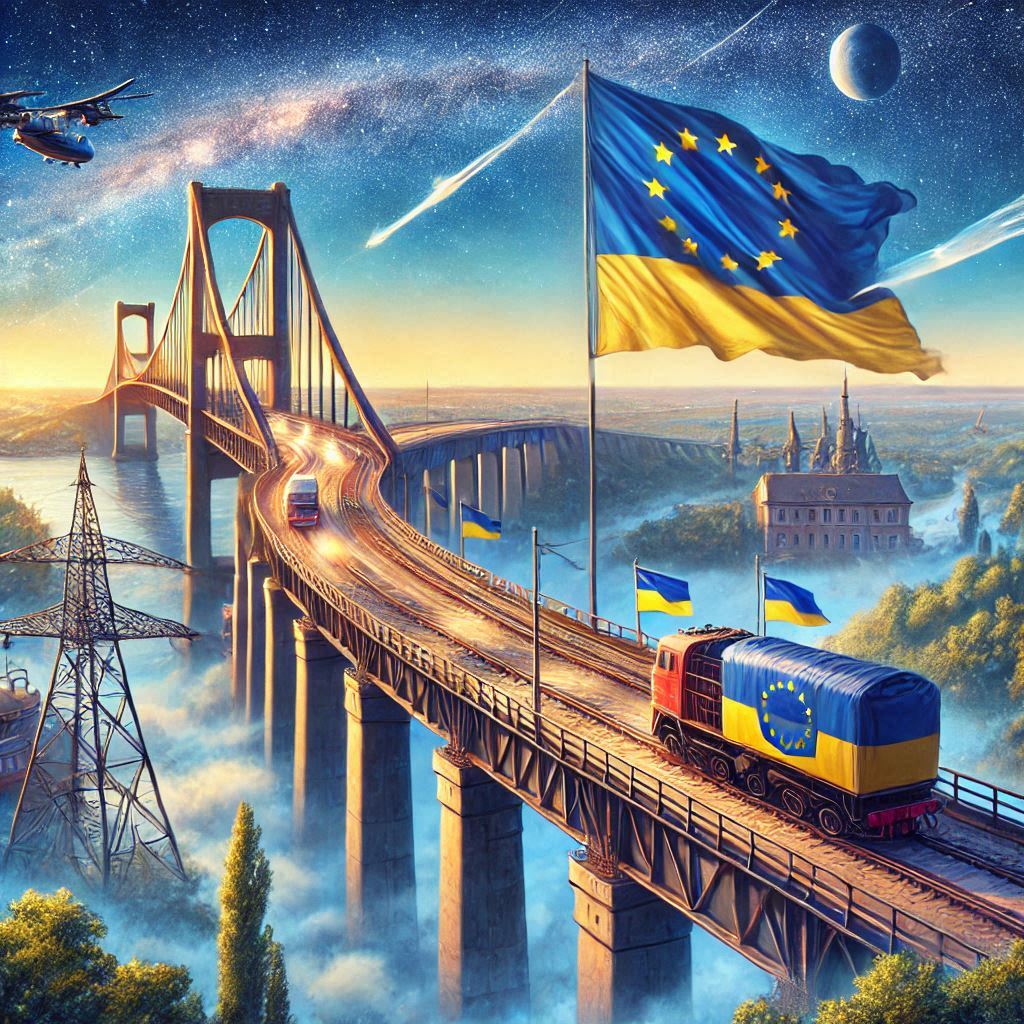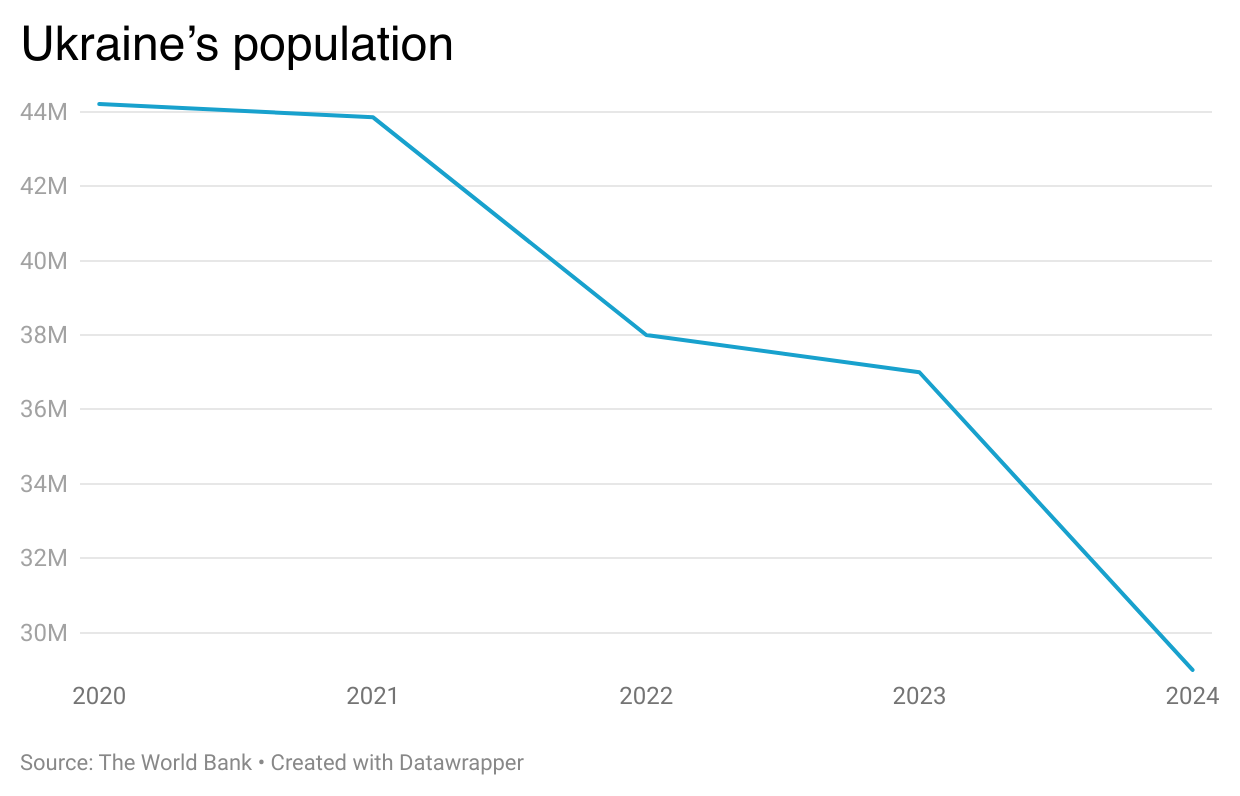
EU Bridge
Ukraine’s EU accession – tied with freedoms for minority languages
March 9, 2025
From the draft 2022 Istanbul agreement:
“Without Ukraine’s participation in the military component of the European Union and without its joining any statements, decisions or actions of the European Union directed against Russia and its national interests… The Parties hereto share the understanding that the status of a permanently neutral state is compatible… with membership in the European Union.”
“EU Bridge”
To the European Union:
“We appreciate that any special status is challenging; the EU and many of its countries are opposed to creating it, the perceived queue skipping, and not wishing to allow a precedent. But the adversity brought to Ukraine is exceptional. We ask for something that Ukraine can champion as a domestic success. ‘EU Bridge’ – formalizing Ukraine’s route to membership.”
Restrictions on Ukraine’s EU membership:
• No military/defense component
• No Common Agricultural Policy funding
• A ban on the import of Ukrainian agricultural products (transits allowed) which would undermine many existing EU countries
• No freedom of movement (which would likely further harm Ukraine’s demographics)
• We welcome Russia’s further input – to manage their future trade with Ukraine and the EU
Immediate benefits to Ukraine:
- The legitimacy of becoming a partial EU member
- EU financial aid to help with reconstruction, tied to incentivising native Ukrainians in EU countries to move back to Ukraine. The development of a robust EU repatriation program. (Estimates suggest that Ukraine would be eligible for €50–90bn from cohesion funds.)
- Contributions to funding Ukraine’s border security
- Trade freedoms other than agriculture. The Tony Blair Institute predicts Ukraine would have 15 percent higher imports and 9 percent higher exports by 2040 if it gains EU accession by 2030.
- Increased inflow of Foreign Direct Investment, due to enhanced business confidence
“The Ukraine Facility is a pivotal instrument within the European Union’s strategy to address the multifaceted challenges confronting Ukraine in the wake of Russia’s war of aggression. This dedicated support mechanism, which entered into force on 1st March 2024 and covers the years 2024 to 2027, offers up to €50 billion in stable and predictable financial support. It represents a profound commitment by the EU to bolster Ukraine’s resilience, foster its recovery, and facilitate its path towards sustainable development and EU membership.”

The EU to put together an incentive package to help Ukraine begin to reverse this
Language rights:
• The issue of language rights to be resolved in tandem with EU accession – with help from the Council of Europe (a separate body from the EU).
A three-page plan for Ukraine and Russia to agree: artofthedeal.org/Ukraine/language
In brief: standardize the treatment of EU and non-EU languages in Ukrainian legislation.
Article 1 of the United Nations Charter: “Encouraging respect for human rights and for fundamental freedoms for all without distinction as to race, sex, language, or religion.” Simultaneously solving the dispute with Hungary.
• Transit of gas through Ukraine (halted January 1, 2025) to be restored. Hungary and Slovakia will block Ukraine’s EU accession without this energy transit dispute being resolved, and renewal for an extended period.
Defining “neutrality”
As it has different meanings to all sides.
To get specific:
- Ukraine will not join NATO. And will drop the aspiration for joining NATO from its constitution.
- Ukraine will become an “EU Bridge” member – with potential, in time, to become a full EU member (minus all future integrated defense elements).
After the war, central and western Ukrainian sentiment is undoubtedly Western-leaning (https://news.gallup.com/poll/512360/ukrainians-future-west.aspx). But there should be sensible guardrails on how far the country as a whole is allowed to move in the direction of the West.
Enjoy this article? We’re a small team of twenty- and early thirty-somethings who want to take on Foreign Affairs and do diplomatic journalism better. Read about this publication’s founding mission here. And if you like what we’re doing, please consider subscribing (free) for updates.